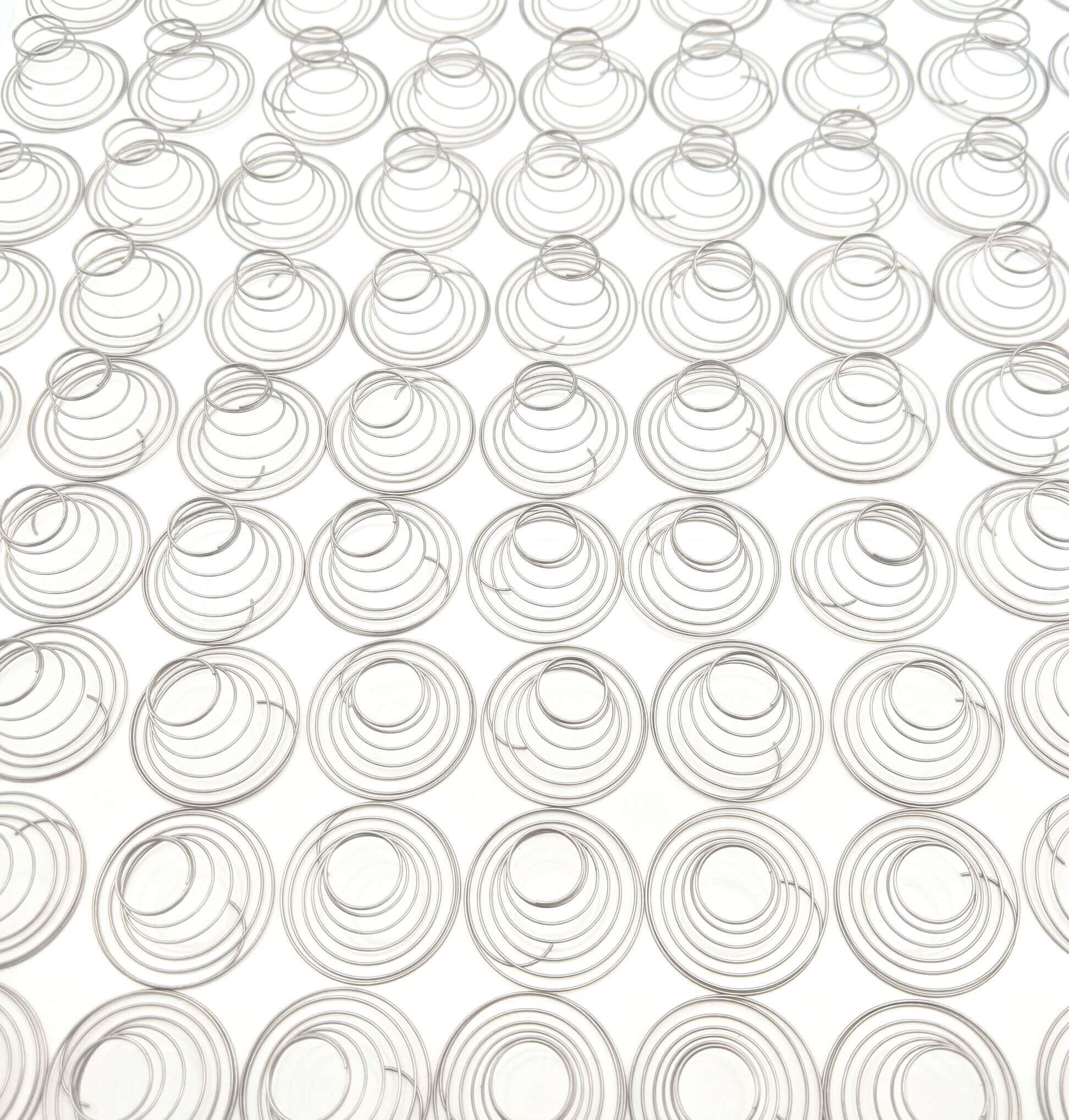Get unique, complex parts easily. No matter your requirements, Chaoyi Spring creates hard-to-produce coil springs and wire forms.
Let us help you create the custom wire form you need, from S-hooks and J-hooks to utility hooks and more.
We work closely with customers across a wide range of industries, helping them design and manufacture made-to-order parts.
Why choose Chaoyi Spring? We prioritize customer-focused collaboration, modern equipment and the latest technology to make your parts per print.
Find the information and guidance you need, from measuring a spring to learning about materials, placing an order and much more.
Garage door tension springs are essential components responsible for lifting and lowering the door smoothly and safely. These springs, often overlooked, play a crucial role in the overall functionality of


Garage door tension springs are essential components responsible for lifting and lowering the door smoothly and safely. These springs, often overlooked, play a crucial role in the overall functionality of your garage door. Understanding how they work, their importance, and how to maintain them is key to avoiding potentially dangerous situations and ensuring your garage door operates efficiently for years to come. This comprehensive guide will delve into the world of garage door tension springs, providing you with the knowledge and insights you need to confidently address any spring-related issues.

Garage door tension springs are coiled springs that are typically located above the door, attached to a shaft that runs the length of the door. They are under significant tension, and their primary function is to counterbalance the weight of the door, making it easier to open and close. These springs are designed to provide the necessary force to lift the door and hold it in place when it's fully open, and then slowly lower it again.
There are two main types of garage door tension springs:
Garage door tension springs are critical for several reasons:
It's important to be aware of signs that your garage door tension springs might be experiencing issues. Pay close attention to these potential warning signs:
While it is not recommended to attempt to repair or replace garage door tension springs yourself (as it can be extremely dangerous), there are a few preventative maintenance steps you can take to keep your springs in good condition:
When it comes to garage door tension springs, it's always best to err on the side of caution. If you notice any of the warning signs mentioned above, or if you are unsure about the condition of your springs, contact a qualified garage door technician immediately. They will be able to properly assess the situation and make the necessary repairs or replacements.
Garage door tension springs are under extremely high tension, making them a serious safety hazard. It's crucial to take the following precautions:
Garage door tension springs are essential components that play a vital role in the safety, efficiency, and longevity of your garage door. By understanding how they work, recognizing signs of trouble, and taking proper safety precautions, you can keep your garage door operating smoothly and safely for years to come. Remember, if you encounter any issues with your garage door tension springs, contact a qualified professional for assistance.
Don't underestimate the importance of these seemingly simple components. By following this guide and taking necessary steps, you can ensure your garage door functions reliably and safely for years to come, keeping you and your loved ones secure.
Browse some of the custom wire forms and springs that we manufacture. Don’t see what you need? We specialize in made-to-order products that meet your application requirements.
Visit Our GalleryNeed a custom wire form or coil spring? We make it work. Fill out the contact form and a representative will respond within 1 business day. If you have a PDF or CAD file, you can submit to request a quote.